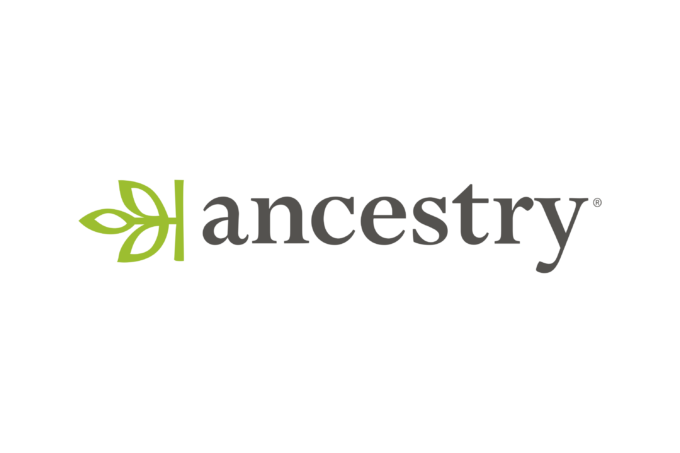The following article is from The Diss Express, and Norfolk and Suffolk Journal, Friday, November 2, 1894. Page 4.
SHOCKING CRUELTY CHILDREN -—At the Police-court (Great Yarmouth, Norfolk) on Wednesday, SarahTayior, wife of Samuel Taylor, smacksman, was summoned at the instance of the National Society for the Prevention of Cruelty to Children, for exposing her five children, ranging from 14 years down to 3½.
Mr. C. J. Wiltshire, who prosecuted, stated that the defendant’s husband was a smacksman and she regularly had his wages. During the past two years, she had, however, given way to drink, sometimes going out for the whole day and leaving her children, who were ill-clad, dirty, and not fed. The youngest child had been left tied in a chair in the passage. A neighbour had taken the children in when they were out and only wearing shirts and had fed and clothed them. Her husband brought home boots and other things for the children, but they had been sold for drink for defendant.
In June 1893, two of the children were found sitting on some timber beside the river at half past three in the morning. In July last two of the boys were seen on Regent Road at 11:45 at night in the pouring rain. Both were then wet through, and the children were taken to the shelter.
In August, Inspector Frost called at defendant’s house, and there saw a child lying on two chairs very seriously ill. Three other young children were lying asleep on the floor. Defendant was out. Mr. and Mrs Frost remained in the house seeing after the children until quarter to twelve o’clock when defendant returned drunk and had a bottle of beer with her. When remonstrated with she said, “It’s a good job.” The child was found to be suffering from consumption of the bowels and in great agony. It was afterwards removed to the Workhouse, where it died. The body was weighed after death, and it did not scale quite 10½ lbs, whereas the ordinary weight of children at that age was about 30 1bs. Between the death and the burial, the defendant went to an insurance office and attempted to draw £2 5s, the amount due under an insurance policy, but the superintendent, hearing of these proceedings, withheld the amount.
Defendant was committed to ‘three months’ hard labour.
Samuel Taylor died at sea in 1894, Sarah died of a heart attack in 1898. Two sons came to Canada in 1901 as home children. One died with the CEF in France, the other lived to 1961. A descendant, a genealogist, told me the family would “get down on their knees” to thank Dr. Barnardo for the opportunity of a new life in Canada.
 The latest addition to the National Library of Scotland’s online maps collection is Historic parks in England map viewer, 1890s-1900s.
The latest addition to the National Library of Scotland’s online maps collection is Historic parks in England map viewer, 1890s-1900s.

 National School Admission Registers & Log-Books, 1870-1914, is augmented with 6,600 images and transcriptions from the Latymer Upper School in Hammersmith, Middlesex, from 1870 to 1914.
National School Admission Registers & Log-Books, 1870-1914, is augmented with 6,600 images and transcriptions from the Latymer Upper School in Hammersmith, Middlesex, from 1870 to 1914.
 Find over one million (1,006,342) records in this collection from the Gwent Archives.
Find over one million (1,006,342) records in this collection from the Gwent Archives.